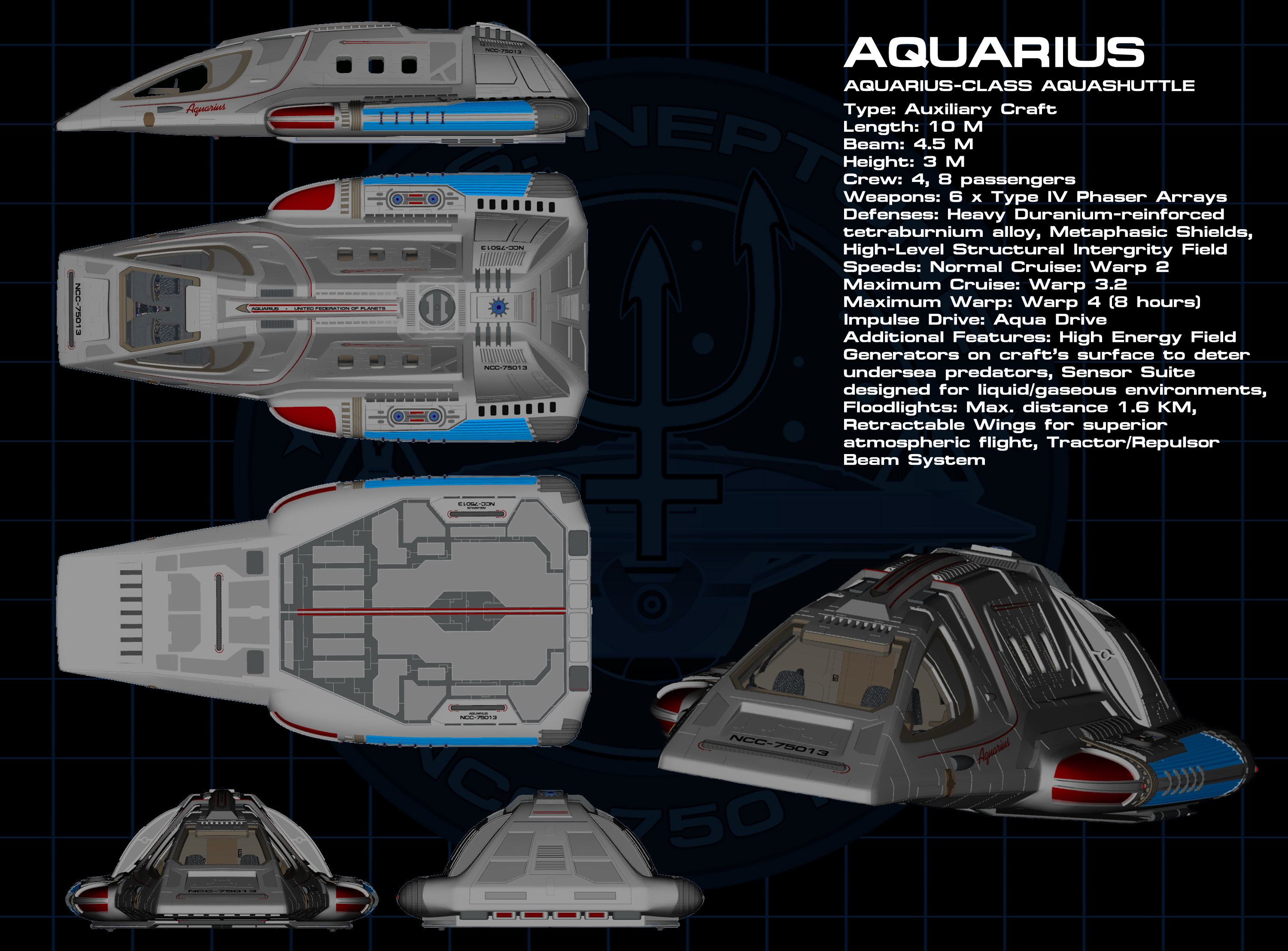

Remember that this was written in early 1964, when much less was known about the actual conditions on the surface of Mars. ("Class E" might have been too easily confused with the word "classy", but that's sheer speculation on my part.) The Wikipedia Class M planet article suggests that the "M" is from the Vulcan "Minshara", but that's a much later invention, from the "Star Trek: Enterprise" episode Strange New World. It's quite possible that the 'M' originally stood for "Mars". Consistent with the equipment and limitations of your cruiser class vessel, you will confine your landings and contacts to planets approximating earth-Mars conditions, life, and social orders. Galaxy exploration and Class M investigation: 5 years

This web page (which is not necessarily definitive) quotes the original Star Trek pitch from 1964: The original definition of a "Class M planet" referred to "Earth-Mars" conditions. Pluto, Eris, Xena, and the others (Class D)Īnd yes, I'm old enough to think that Pluto is a planet :) Jupiter, Saturn, Uranus, Neptune (Class J or T - Gas Giants)Įuropa, Titan, Io, and some of the other moons could range from Class D to K to L, depending on their suitability to sustain life.Įnceladus, being a water planet, would be Class O or P

To wit, our solar system would be classified as follows:

That said, Mars could be considered Class L - easily terraformable into a habitable planet, assuming that Star Trek terraforming projects mentioned in canon exist. According to Wikipedia, Earth is the only M Class-planet, because only it harbors and sustains natural life.


 0 kommentar(er)
0 kommentar(er)
